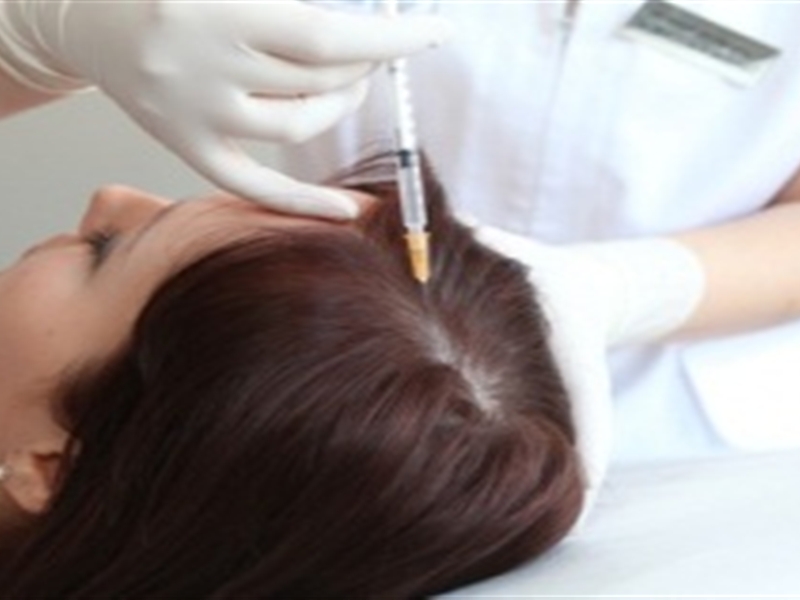Dr. Steven Brown had tremendous success in just 3 months using the Evolution ER610 Laser device twice weekly and using the Evolution 3 part HairCare System. Dr Brown’s results are exceptional and he was extremely happy with his success. Click here to view more before and after photos His treatment was simply Low Level Laser Therapy […]
Blog
William Gaunitz WTS speaks at World Trichology Conference 2014
Certified Trichologist William Gaunitz speaks at the World Trichology Conference 2014 regarding successful hair loss treatment and demodex folliculorum and demodex brevis. William Gaunitz is the founder of Evolution Hair Loss Institute in Phoenix Arizona and has been treating hair loss patients since 2002 in his trichological based clinics. William discussed in this lecture his finding on […]
William Gaunitz is featured in 202 Magazine
William Gaunitz and Evolution Hair Centers of Tempe was recently been featured in the article below. Evolution Hair Centers has consistently been getting new attention for the effectiveness of the Evolution Hair Centers hair loss treatment for women. A Silent Issue: Women and Hair LossBy Katie Snyder Fact: Hair loss is no longer just a […]
Women Hair Loss – Why Does it happen? and What can you do about it?
What used to be a “men’s condition” is now quickly becoming a female epidemic. It is scary to think that you could randomly wake up one day and begin to see more hair on the pillow case and less on your head. For women losing their hair, it is a serious blow to femininity and the […]
Phoenix Hair Restoration – things you should know.
Surgical Hair Restoration or hair transplantation is an irreversible surgical procedure. In Phoenix Arizona there are many physicians to choose from. Hair restoration surgery has risks and rewards that you should be aware of before you spend thousands of dollars and may not happy with the appearance post treatment. You must choose your physician or […]

Hair Regrowth Injections – Explained
There are 2 mainstream options for growth injections: Mesotherapy Hair Regrowth Injections GDE6GUHECQ84 a.k.a. mesotherapy has received a lot of publicity in the media and internet about its possible role in androgenetic alopecia. However, the subject is controversial in view of lack of documented evidence. This article provides a critical commentary on the use of mesotherapy in the […]
IGrow Laser for Women?
Evolution Hair Loss Institute has been using the iGrow Laser in our clinics now for Outpatient use and for those who are post-treatment since March of 2011. In last year, I have seen the device work very well for those people who have used it. The device holds up under normal wear-and-tear and does not have the electrical […]
Perfect Image Minoxidil- where did they go?
Perfect Image Minoxidil had a good thing going for awhile. They were selling 15% Minoxidil with Azelaic acid, among other topical minoxidil formulas, over the counter. While they did have a big following, I believe that they were eventually shut down for destributing their minoxidil products without a physician’s prescription. In the US, all minoxidil […]
New Affiliate Location: Evolution Hair Centers – Beverly Hills
Evolution Hair Centers announce the opening of a new affiliate location in Beverly Hils, California. The new office will be operated by Robert Beale, former President of Evolution Hair Centers South Scottsdale and Chandler locations from 2008-2011. “It will be our pleasure to serve you at our new location with the same quality and service […]
How Detoxification can help your Hair Growth and Stop Hair Loss
How Detoxification can help your Hair Growth and Stop Hair Loss -Detoxification has been used for thousands of years to benefit hair. William Gaunitz of Evolution Hair Centers describes exactly how to use detoxification help with hair growth and how it can stop hair loss. Watch this video for more information on hair loss and a […]
